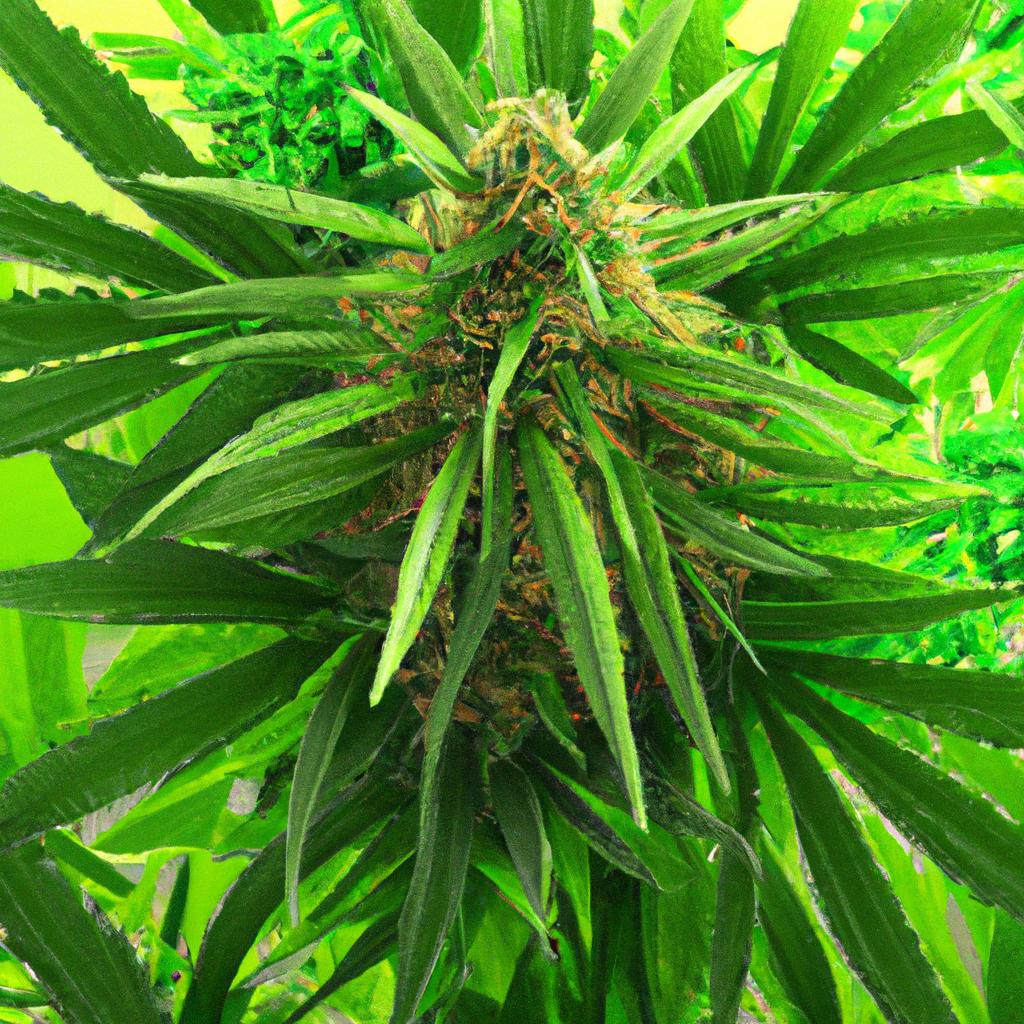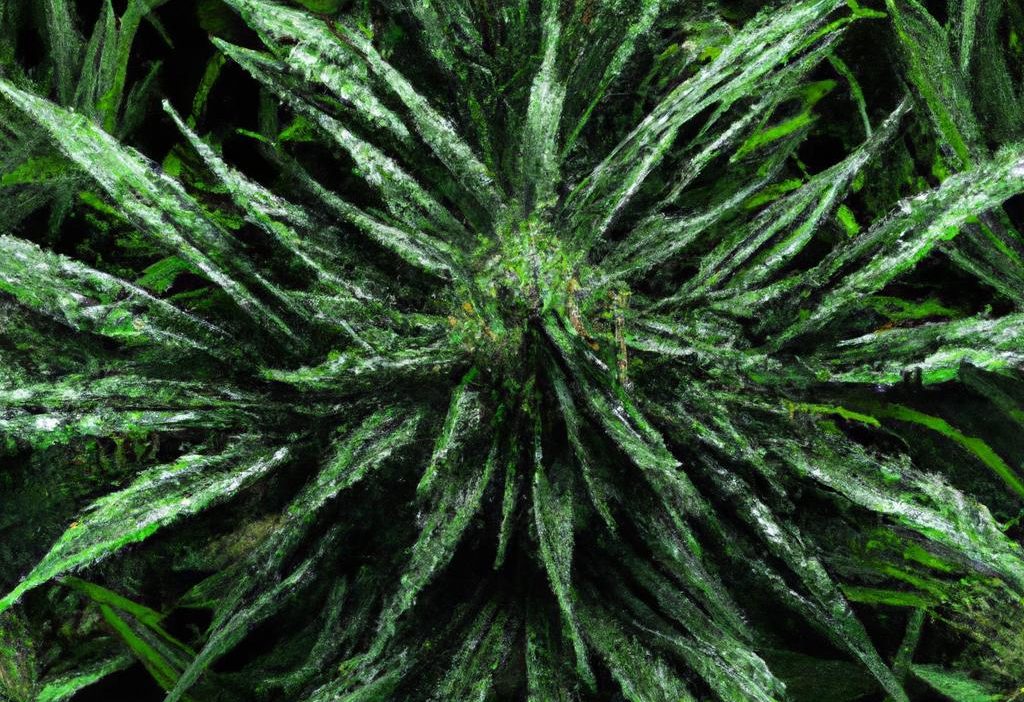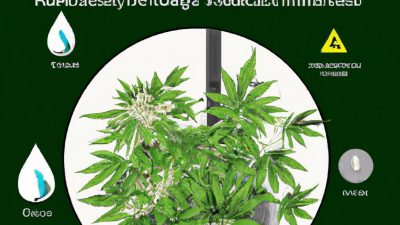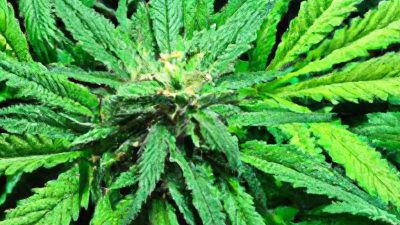
Terpene profiling with Modern GC Methods: Unlocking the true Essence of Cannabis
Terpenes are the aromatic compounds responsible for the distinctive scent, flavor, and even some therapeutic effects of cannabis. As the cannabis industry continues to advance scientifically and technologically,terpene profiling has become a core component in understanding,enhancing,and controlling cannabis quality.
Modern Gas Chromatography (GC) methods stand at the forefront of this analytical revolution. in this article, we’ll explore how terpene profiling via modern GC methods is integral to cannabis science, post-processing, and product consistency – providing cannabis researchers, cultivators, and manufacturers with valuable insights.
Why Terpene profiling Matters in Cannabis
Terpenes influence how users perceive cannabis, affecting everything from taste and aroma to mood and potential therapeutic benefit. With over 200 known terpenes in cannabis plants, precise profiling helps breeders select desirable traits, manufacturers improve product consistency, and consumers make informed choices.
- enhances product flavor and aroma: Identifying terpene concentrations guides development of flavor-rich cannabis strains.
- Supports medical efficacy: terpenes interact synergistically with cannabinoids (the entourage affect), impacting therapeutic benefits.
- Assures quality control: Regular profiling safeguards against batch variability and contamination.
- Drives innovation: Enables creation of terpene-enriched or terpene-tailored cannabis products like vapes, tinctures, and edibles.
Introduction to Gas Chromatography (GC) in Cannabis Terpene Analysis
Gas Chromatography is an analytical technique used to separate volatile compounds in complex mixtures. In cannabis science, GC methods allow scientists to analyze and quantify terpenes with high accuracy and sensitivity. This process involves vaporizing the sample and passing it through a chromatographic column under controlled conditions, separating components based on their chemical properties.
Modern advances have optimized GC systems for cannabis terpene profiling, including detectors such as Flame Ionization Detector (FID) and Mass Spectrometry (MS), custom columns, and sample planning techniques tailored to delicate terpene compounds.
Modern GC Techniques Used for cannabis Terpene Profiling
The cannabis industry’s demand for rapid,accurate terpene profiling has spurred innovation in GC technology and methodology.Below are some of the key modern GC methods:
1. GC-FID (flame Ionization Detector)
One of the most widely used systems,GC-FID,offers sensitivity and broad detection range,ideal for quantifying major cannabis terpenes like myrcene,limonene,pinene,and caryophyllene.
2. GC-MS (Gas Chromatography-Mass Spectrometry)
Combining chromatographic separation with mass spectrometry detection allows precise identification and quantification, even for minor or co-eluting terpenes, by analyzing molecular fragmentation patterns.
3. Headspace GC
A sample introduction technique that analyzes volatile organic compounds in the vapor phase above the sample, minimizing sample preparation and preventing terpene degradation common in liquid extraction.
4.Two-Dimensional GC (GC×GC)
Advanced chromatography that separates complex terpene mixtures across two distinct chromatographic columns, delivering unparalleled resolution in terpene fingerprinting.
| GC Method | advantages | Ideal For |
|---|---|---|
| GC-FID | High sensitivity,cost-effective | quantification of primary terpenes |
| GC-MS | Compound identification,detects minor terpenes | Thorough terpene profiling |
| Headspace GC | Minimal preparation,reduced degradation | Volatile terpene analysis |
| GC×GC | Superior resolution,detailed fingerprinting | Complex terpene mixtures |
Benefits of Accurate Terpene Profiling in Cannabis Production
Implementing state-of-the-art GC methods for terpene analysis contributes to several advantages within the cannabis supply chain:
- Improved strain development: Breeders receive detailed chemotype data to cultivate unique and consistent terpene profiles.
- Enhanced consumer trust: Verified terpene content supports clear product labeling and informed purchasing decisions.
- Optimized post-processing: Extraction methods and curing processes can be adjusted to preserve desirable terpene profiles.
- Regulatory compliance: Many jurisdictions require terpene profiles for quality assurance and safety monitoring.
Practical Tips for Cannabis Labs Using GC for Terpene Profiling
- Standardize sample preparation: Use consistent protocols to avoid terpene loss or alteration due to heat or solvents.
- Calibrate instruments often: Regular calibration with terpene standards ensures accuracy and repeatability.
- Optimize column selection: Choose chromatography columns designed for volatile aroma compounds for better separation.
- Integrate data management tools: Utilize software to analyze, report, and track terpene profiles efficiently.
- Invest in in-house training: Proper operator training increases reliability of results and minimizes errors.
Case Study: Enhancing Vape Cartridge Quality through GC Terpene Profiling
A mid-sized cannabis producer implemented modern GC-MS terpene profiling during their vape oil manufacturing process.By tracking terpene content pre- and post-extraction, they adjusted extraction temperatures and solvent ratios to preserve terpene diversity. This resulted in:
- 25% increase in terpene retention compared to previous batches.
- Improved flavor profiles reported by customers in feedback surveys.
- More consistent batch-to-batch terpene profiles, enhancing brand reputation.
this example highlights the critical role of GC methods in cannabis post-processing and product development.
Conclusion
Terpene profiling through modern gas chromatography techniques is transforming the cannabis industry by providing deeper insights into the plant’s complex chemistry. From cultivation and processing to product development and consumer experience, understanding the terpene profile enables superior quality control, innovative product design, and enhanced therapeutic value.
Whether you are a cannabis scientist, grower, processor, or enthusiast, incorporating advanced GC methods for terpene analysis is a vital step toward unlocking the full potential of cannabis. Stay ahead with cutting-edge analytical technology and let the true essence of cannabis shine.
Discover more about cannabis processing technologies and scientific advances by exploring our in-depth articles and guides.





